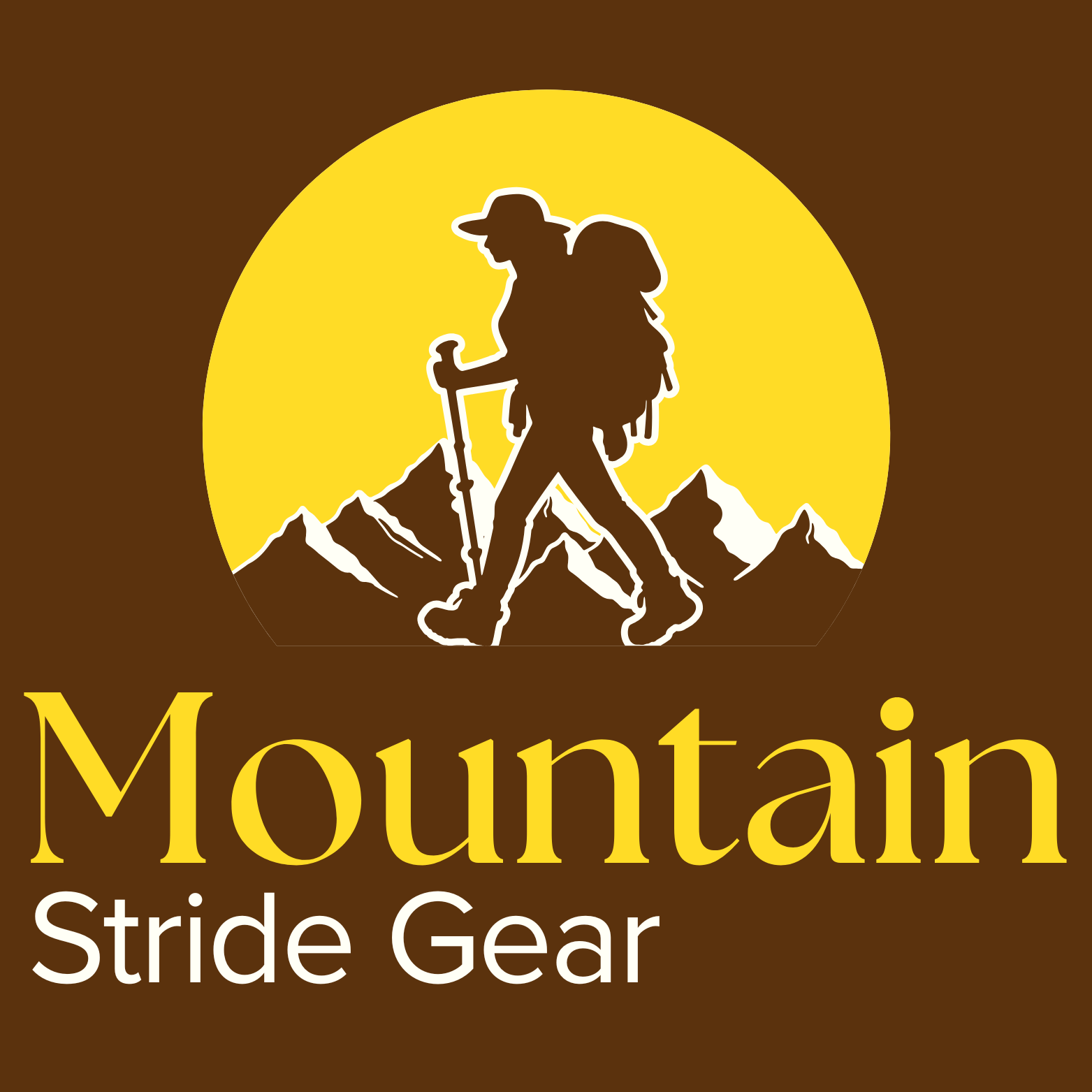Whether you’re trekking through forests, scaling peaks, or simply heading out for a weekend escape, the right gear turns discomfort into confidence. In this guide, you’ll learn which Trail & Trek accessories are most essential in 2025—and how to choose gear that saves weight, boosts safety, and aligns with sustainability. Let’s walk through the trends, tips, and tools every outdoor enthusiast should know.
1. Embrace Lightweight, Multifunctional, and Sustainable Gear
Why lighter equals smarter
Carrying less weight means less fatigue—and that can make or break your trek. In 2025, gear makers are prioritizing ultralight materials such as recycled synthetics and innovative composites that reduce pack weight without compromising durability.
Multipurpose tools: more value per ounce
Look for items that do double duty: think shelters that are also rainproof tarps, solar chargers with integrated USB outlets, or trekking poles that convert into tent stakes. These kinds of Trail & Trek accessories let you cut bulk while staying prepared.
Eco-conscious materials
Sustainability is no longer optional. Whether you choose gear made from recycled fabrics, biodegradable coatings, or companies that offset their carbon footprint, your purchase speaks volumes. Millennials and Gen Z in particular are demanding transparency and environmental responsibility.
Actionable Tip: Always ask: Can this item serve more than one purpose? Is it made with sustainability in mind? Prioritize products boasting lightweight specs and eco certifications.
2. Tune into Seasonal and User Trends
When demand spikes
For most regions, searches for hiking and camping gear peak in spring through summer. That means promotions, content, and product launches timed for Q2–Q3 tend to hit hardest when people are planning. If you’re building content or stocking a shop, lean into this cycle.
Growing demographic shifts
Outdoor activity is widening beyond hardcore hikers. Families, casual outdoor users, and first-time trekkers want gear that is accessible, versatile, and value-driven. If your content or product lineup speaks to these groups—with simple guides, affordable essentials, and flexible use—you’re more likely to connect with new customers.
Actionable Tip: Feature Trail & Trek accessories that align with beginner users: adjustable trekking poles, lightweight rainwear, compact cooking kits. Combine affordability with functionality for wider appeal.
3. Stay Connected and Prepared
Safety & communication tools
When you’re off the grid, devices like satellite communicators or GPS beacons are no longer luxuries—they’re essentials. Choose accessories that can send emergency signals, track you in remote terrain, or share your location with trusted contacts.
The foundation: “The Essentials”
Even casual hikers benefit from the classic survival list: navigation, shelter, first-aid, water purification, proper clothing, and fire-starting tools. These aren’t optional extras—they are core Trail & Trek accessories that reduce risk in unpredictable environments.
Actionable Tip: Build a lightweight safety kit you always carry. Include navigation tools, water purification tablets or a filter, first-aid supplies, and at least one reliable communication device.
4. Addressing Common Questions & Safety Smartness
Gear vs. budget
Not everyone can afford premium gear right away. Renting or buying second-hand, focusing on fundamentals first, and upgrading over time are wise strategies. This can help families or infrequent hikers gear up without blowing the budget.
Safety on the trail
Pest protection (for example, treating clothing to defend against ticks), knowledge of weather patterns, and terrain-appropriate footwear are often overlooked. A well-chosen pair of boots, breathable protective layers, and proper treatment for insect-prone areas can prevent major discomfort or illness.
Choosing the right pack
Pack size should match trip length and climate. A hydration system, good ventilation, and secure compartments matter. Pack weight should ideally stay under 20% of your body weight (for non-technical trails) to maintain comfort and safety.
Actionable Tip: Create your personal Trail & Trek accessories checklist. Break it into categories—safety, shelter, clothing, tech—and tailor for day trips, overnight adventures, or emergency preparedness.
5. Gear As Identity: Trends That Blend Fashion & Function
Trendspotting: Outdoor aesthetics
“Gorpcore” and “anglercore” styles bring performance gear into everyday wardrobes. Water-resistant parkas, utility vests, cargo pockets—all rugged items are now trending for both trail and street.
Fashion with purpose
Gear that looks good but also performs well off-grid is preferred. Jackets with technical fabrics, boots with stylish design plus solid grip—you want accessories that carry you from city sidewalks to mountain ridges.
Actionable Tip: Choose Trail & Trek accessories with style that works on and off trail. Versatile pieces extend the life of gear and strengthen your brand appeal.
In 2025, standout outdoor gear strikes a balance between lightweight efficiency, safety readiness, sustainability, and style. Whether you’re new to trekking or a seasoned trailblazer, prioritize multifunctional tools, safety essentials, and gear aligned with your values. Want more gear guides, tips, and expert roundups? Join our newsletter, share this post with fellow adventurers—and get ready for your next journey with confidence.
